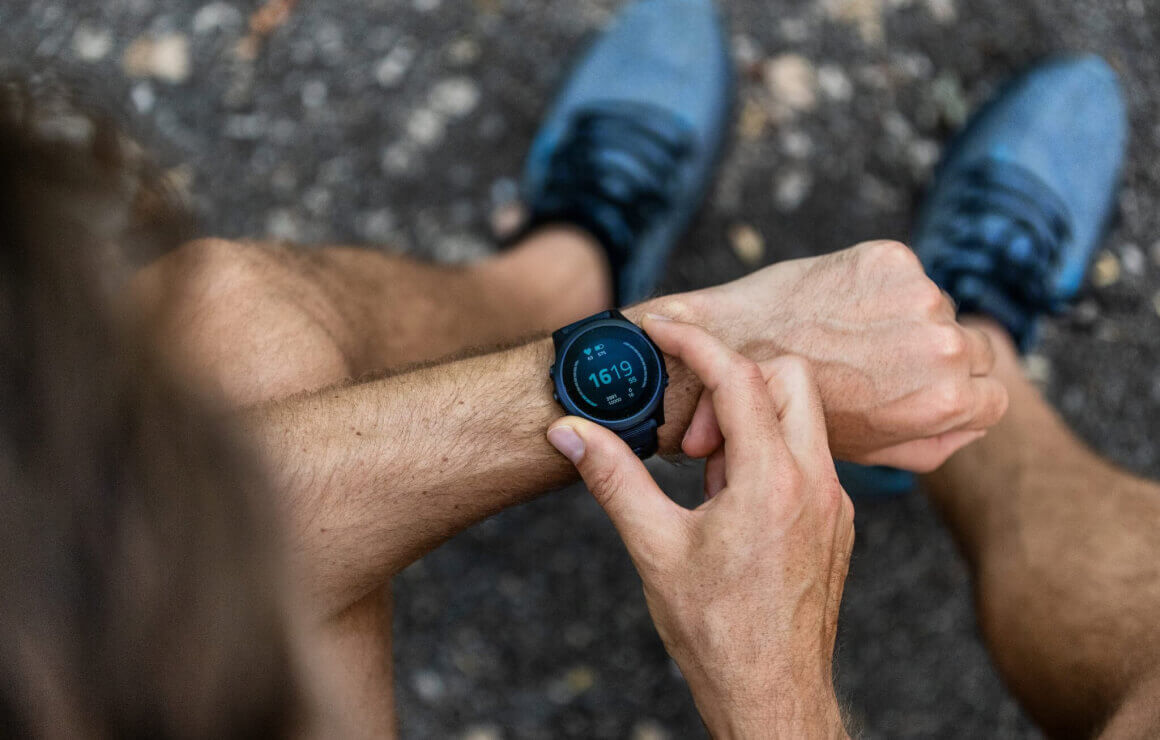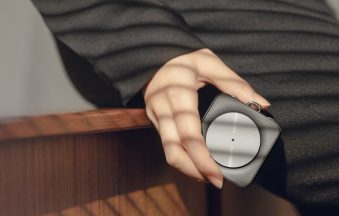Thermos Flasks: The Everyday Essential
Thermos flasks, also known as vacuum bottles or vacuum containers, are indispensable household items that have transformed the way people enjoy hot and cold foods or beverages. In fact, understanding the principle, working mechanism, and multi-utility of vacuum flasks helps us realize their importance in daily life and why they have become almost unavoidable in today’s fast-paced world.
What is a Vacuum Flask?
A vacuum flask, commonly referred to as a thermos, is a specially designed container that keeps liquids hot or cold for long periods. Essentially, its construction is based on the principle of thermal insulation—which minimizes every possible path that heat could use to escape or enter.
In other words, a thermos flask has two walls (inner and outer), usually made of glass or stainless steel, separated by a vacuum layer. Since the vacuum contains little to no air, it prevents heat transfer by conduction and convection. Furthermore, the inner surface is coated with reflective material like silver, which reduces radiation losses. Together, these features create a powerful insulation system.
The Origin and Evolution of Thermos Flasks
Interestingly, the history of the thermos flask dates back to 1892, when Scottish scientist Sir James Dewar invented the first vacuum flask—initially known as the Dewar flask. His goal was to store specific liquids at extremely low temperatures.
Since then, thermos bottles have evolved significantly. Modern versions now come in different designs, materials, and functions, making them not only more durable but also more user-friendly. Consequently, what began as a scientific invention has now become a global everyday necessity.
How Does a Vacuum Flask Work?
To fully appreciate the benefits of insulated flasks, it’s important to understand how they work:
- Insulation through Vacuum
The double-walled vacuum minimizes conduction and convection, keeping the temperature stable. - Reflective Coating
A silver or reflective lining inside reduces heat loss by radiation. - Tight Sealing
The cap or stopper is designed to seal tightly, preventing heat transfer through the opening.
As a result, thermos flasks can maintain temperature for hours, whether you want piping hot coffee or chilled water.
Types of Vacuum Flasks
Not all vacuum bottles are the same. In fact, they are available in multiple designs for different needs:
- Standard Vacuum Flask – A timeless design, ideal for everyday home or office use.
- Vacuum Flask Bottles – Compact and portable, perfect for hiking, traveling, or work commutes. Some models even come with handles or detachable cups.
- Vacuum Flask Sets – Complete sets designed for family outings, group events, or picnics, often packaged with carrying cases for convenience.
Benefits of Using Thermos Flasks
The wide usage of vacuum containers is not just a trend—it’s because they offer several advantages:
- Temperature Retention – Keeps drinks hot or cold for extended hours.
- Versatility – Ideal for coffee, tea, soups, or cold water during different activities.
- Durability – Strong materials like stainless steel ensure longevity.
- Eco-Friendly – Reduces reliance on single-use plastic bottles or disposable cups.
- Cost-Effective – Saves money by minimizing the need to buy drinks outside.
Applications of Vacuum Flasks
Because of their versatility, thermos bottles are useful in many situations:
- Daily Commute – Carry your morning coffee or tea while ensuring it stays hot.
- Outdoor Adventures – Essential for camping, hiking, or picnics, keeping drinks fresh in any climate.
- Office Use – No need to reheat your beverages during long work hours.
- Travel – A trusted companion for long drives, ensuring comfort on the go.
- Special Occasions – Perfect for parties, family gatherings, and outdoor celebrations.
Conclusion
To sum up, vacuum flasks are more than just containers—they are a brilliant combination of science, utility, and sustainability. By ensuring beverages remain at the perfect temperature while being eco-friendly and cost-effective, a thermos flask has rightfully earned its place in every home.
Therefore, whether you’re at the office, on a trek, or simply relaxing at home, investing in a high-quality insulated flask is a smart decision. Ultimately, it not only enhances your beverage experience but also supports a more sustainable lifestyle.
Vacuum Flask (Thermos) FAQ
1. What is a vacuum flask?
A vacuum flask, also called a thermos, is a container designed to keep liquids hot or cold for an extended period. It works on the principle of thermal insulation by minimizing heat transfer.
2. How does a vacuum flask keep liquids hot or cold?
It uses three main mechanisms:
- Vacuum insulation between double walls prevents heat transfer by conduction and convection.
- Reflective coating inside reduces heat loss by radiation.
- Tight sealing cap prevents heat exchange through the opening.
3. Who invented the vacuum flask?
The vacuum flask was invented in 1892 by Sir James Dewar, a Scottish scientist. His invention, known as the Dewar Flask, laid the foundation for modern thermos bottles.
4. What materials are vacuum flasks made of?
Most flasks are made of stainless steel, glass, or plastic. The inner walls often have a reflective coating (like silver) to reduce heat loss.
5. What are the different types of vacuum flasks?
- Standard Vacuum Flask – Everyday use for tea, coffee, water.
- Vacuum Flask Bottles – Portable bottles for travel, hiking, or office use.
- Vacuum Flask Sets – Multiple flasks with accessories, ideal for families, picnics, and events.
6. How long can a vacuum flask keep drinks hot or cold?
Depending on the quality and build, a good vacuum flask can keep liquids hot or cold for 6 to 24 hours.
7. Can I store food in a vacuum flask?
Yes! Many vacuum flasks are designed not only for beverages but also for soups, porridges, and semi-solid foods.
8. Are vacuum flasks safe for children?
Yes, if made from BPA-free materials and stainless steel. Avoid thin glass inner flasks for kids as they may break easily.
9. How do I clean a vacuum flask properly?
- Rinse with warm water after each use.
- For stains or odors, use baking soda + warm water or vinegar.
- Avoid harsh scrubbing inside to prevent scratches.
10. Why is my flask not keeping liquids hot or cold?
This usually happens if:
- The seal is loose or damaged.
- The vacuum insulation is broken (common if the flask is dropped).
- The flask is of poor quality.
11. Can I put a vacuum flask in the dishwasher?
Not recommended for most models, as high heat may damage the vacuum seal. Always check manufacturer instructions.
12. What are the benefits of using a vacuum flask?
- Keeps drinks hot/cold for hours
- Durable and reusable
- Eco-friendly (reduces single-use plastics)
- Cost-effective in the long run
13. Where can I use a vacuum flask?
- Daily commute (coffee/tea)
- Office use
- Outdoor activities (hiking, camping, picnics)
- Long travel/road trips
- Family gatherings & events
14. How eco-friendly is a vacuum flask?
Very eco-friendly! It reduces the need for plastic bottles and disposable cups, promoting sustainable living.
15. Is buying a vacuum flask worth it?
Yes ✅. A good quality flask is a long-term investment, ensuring durability, convenience, and eco-friendliness while saving money on take-away drinks.












Add comment